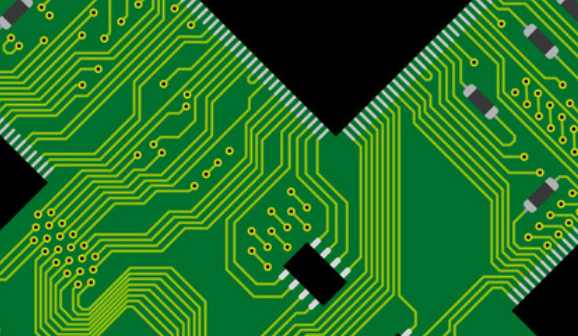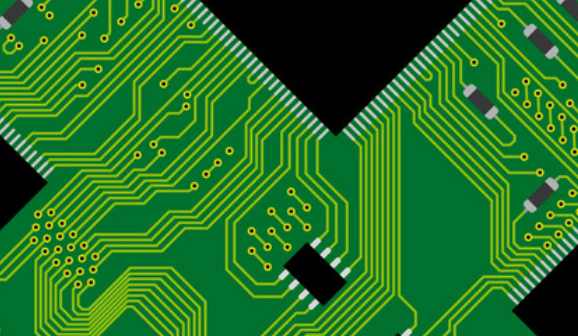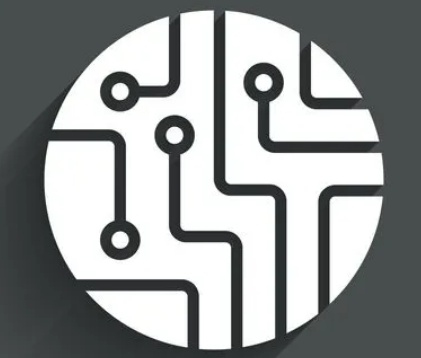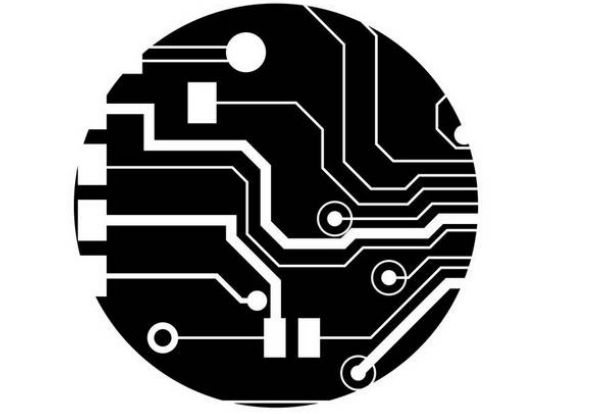
The input ground and the output ground in the switching power supply for low-voltage DC-D C, to feedback the output voltage back to the primary transformer, the circuit on both sides should have a common reference, so after the ground wire on both sides of the copper, but also connected together, to form a common ground.
check
After the wiring design is completed, it is necessary to carefully check whether the wiring design conforms to the rules set by the designer, and whether the rules meet the requirements of the printed board production process. Generally, it is necessary to check whether the distance between the wire and the wire, the wire and the component pad, the wire and the through hole, the component pad and the through hole, and the through hole meet the production requirements. Is the width of the power cord and ground wire appropriate? Is there any place in the PCB where the ground wire can be widened? Note: Some errors can be ignored. For example, some connectors have part of their Outline lying outside the frame, and errors occur when checking spacing. In addition, after each modification of the line and hole, it is necessary to re-cover the copper once.
Review according to the "PCB Checklist"
The content includes design rules, layer definition, wire width, spacing, pad, hole setting, but also focus on the review of the rationality of the device layout, power supply, ground network wiring, high-speed clock network wiring and shielding, decoupling capacitor placement and connection.

Notes for designing output and output light drawing files:
a. The layers to be output include wiring layer (bottom), screen printing layer (including top screen printing and bottom screen printing), welding resistance layer (bottom welding resistance), drilling layer (bottom), and drilling file (N C D r i l l).
b. When setting La y e r of the screen printing layer, do not select Pa r t T y p e. Select Ou t l i n e, Te x t, Li n e c of the top layer (bottom layer) and screen printing layer. When setting La y e r of each layer, select Bo a r d O u t l i n e; when setting La y e r of screen printing layer, do not select Pa r t T y p e. Select Ou t l i n e, Te x t, Li n e of the top (bottom) and silk screen layers. d. Use the default Settings of Po, w, e, r, P, C, and B when generating the drilling file. Do not change any Settings.
The decrease of signal rising time, the increase of signal frequency, the EMI problem of electronic products, also come to the attention of electronic engineers. With the success of high-speed PCB design, the contribution to EMI has been paid more and more attention. Almost 60% EMI problems can be controlled and solved by high-speed PCB.
Discussion on EMI Rules of high speed PCB Design
As shown in the picture above:
In high-speed PCB design, key high-speed signal lines such as clocks need to be screened. If they are not screened or only partially screened, EMI leakage will be caused.
It is recommended that shielded cables be drilled and grounded every 1000mil.
Rule 2: Closed-loop rule of high-speed signal routing
Due to the increasing density of PCB board, it is easy for many PCB LAYOUT engineers to make such mistakes in the process of wiring, as shown in the figure below:
High-speed signal networks, such as clock signals, produce closed-loop results when multi-layer PCB lines are routed. Such closed-loop results will generate ring antennas and increase EMI radiation intensity.
Rule 3: Open loop rule for high-speed signal routing
Rule 2 mentions that the closed loop of high-speed signal will cause EMI radiation, and the same open loop will also cause EMI radiation, as shown in the figure below:
High-speed signal networks, such as clock signals, produce open-loop results when multi-layer PCB lines are routed. Such open-loop results will generate linear antennas and increase EMI radiation intensity. We also want to avoid it in design.
Rule four: Characteristic impedance continuity rule for high-speed signals
For high-speed signals, continuity of characteristic impedance must be ensured when switching between layers, otherwise EMI radiation will be increased, as shown in the figure below:
That is, the width of the wiring of the same layer must be continuous, and the wiring impedance of different layers must be continuous.







